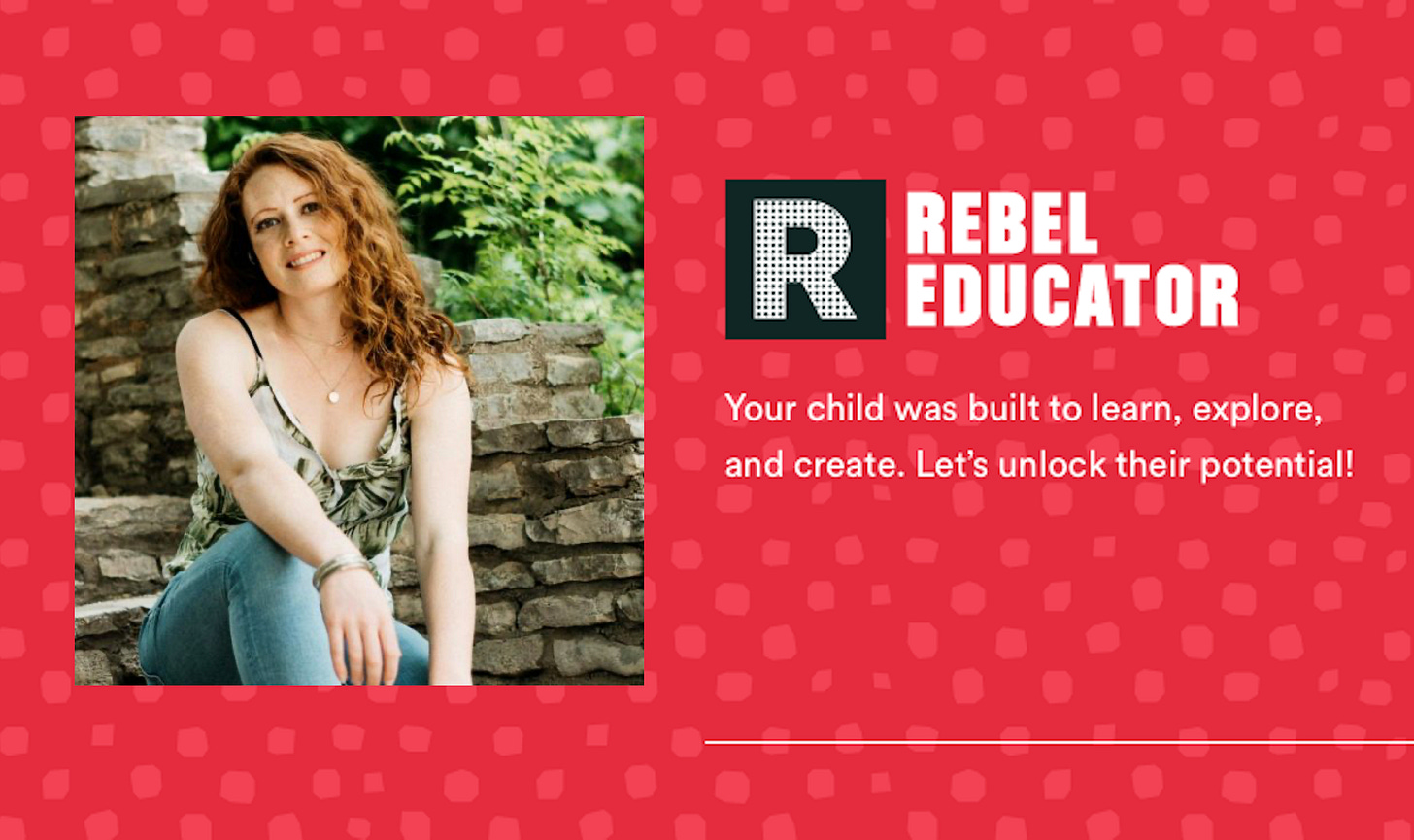In one way or another, Hannah Frankman has spent most of her life in the alternative education sphere: She was homeschooled, then worked for the college-alternative bootstrapping program Praxis before starting her own alternative education company, Rebel Educator. What follows is an edited, condensed version of the most recent conversation we had on my …
Keep reading with a 7-day free trial
Subscribe to The Objective Standard to keep reading this post and get 7 days of free access to the full post archives.


